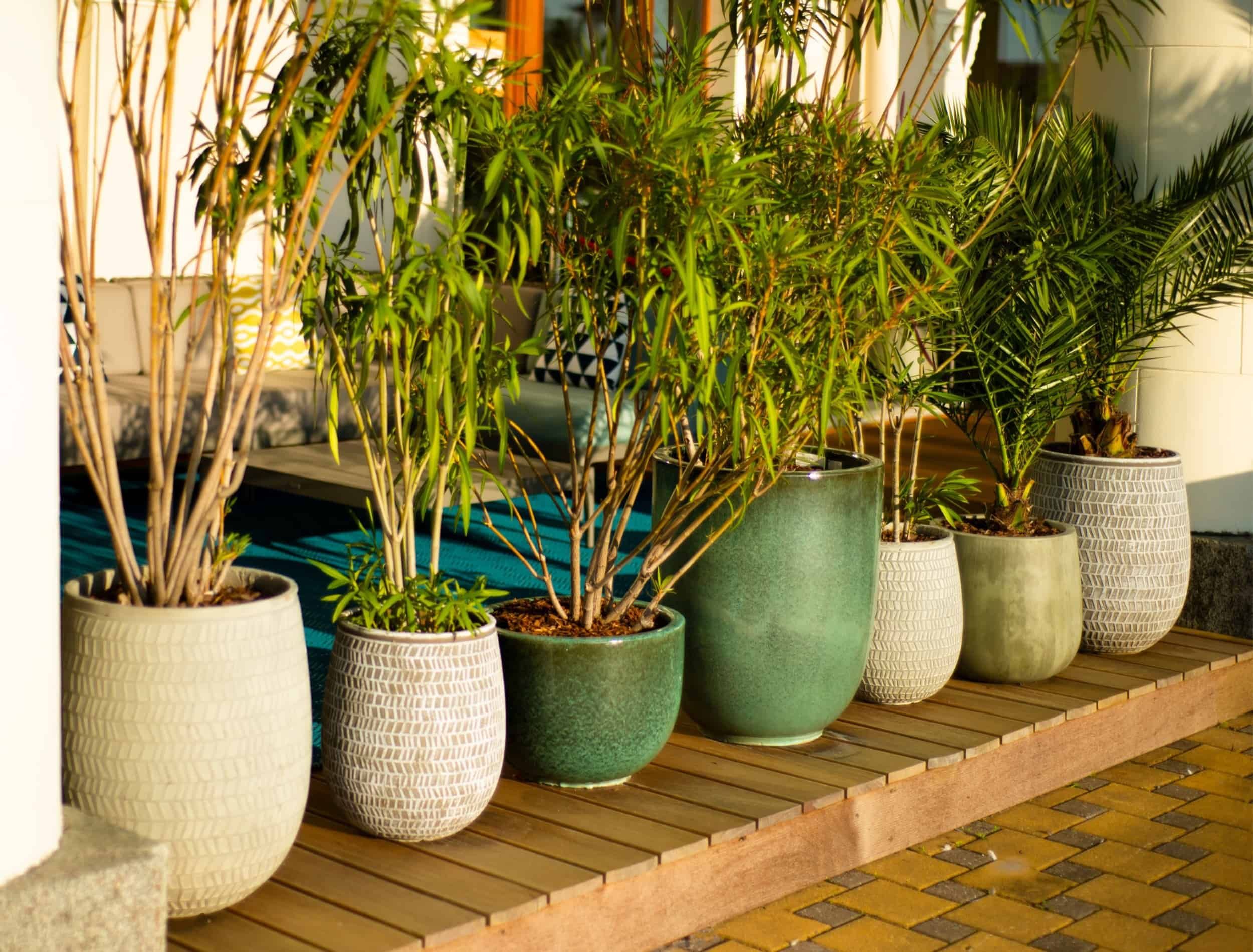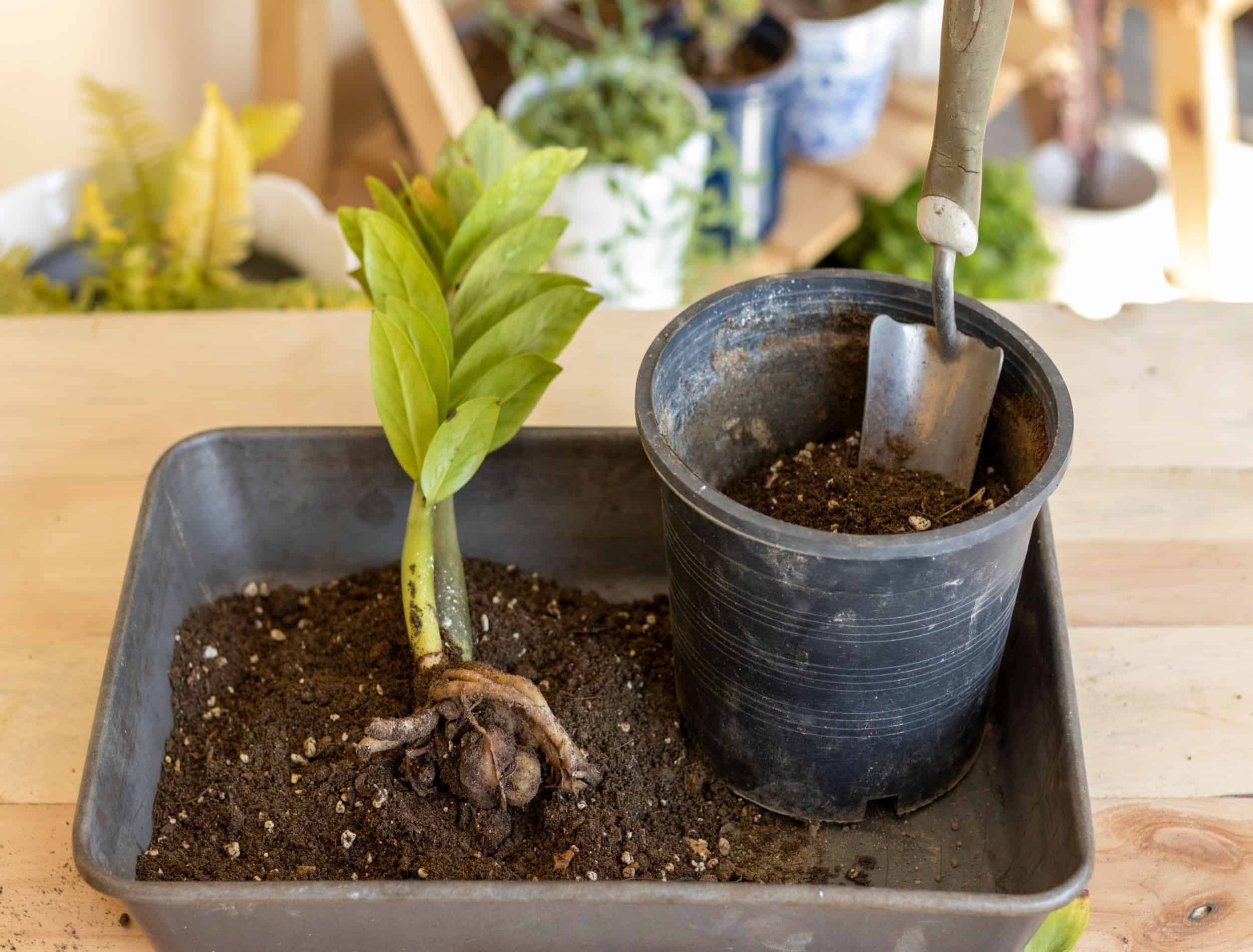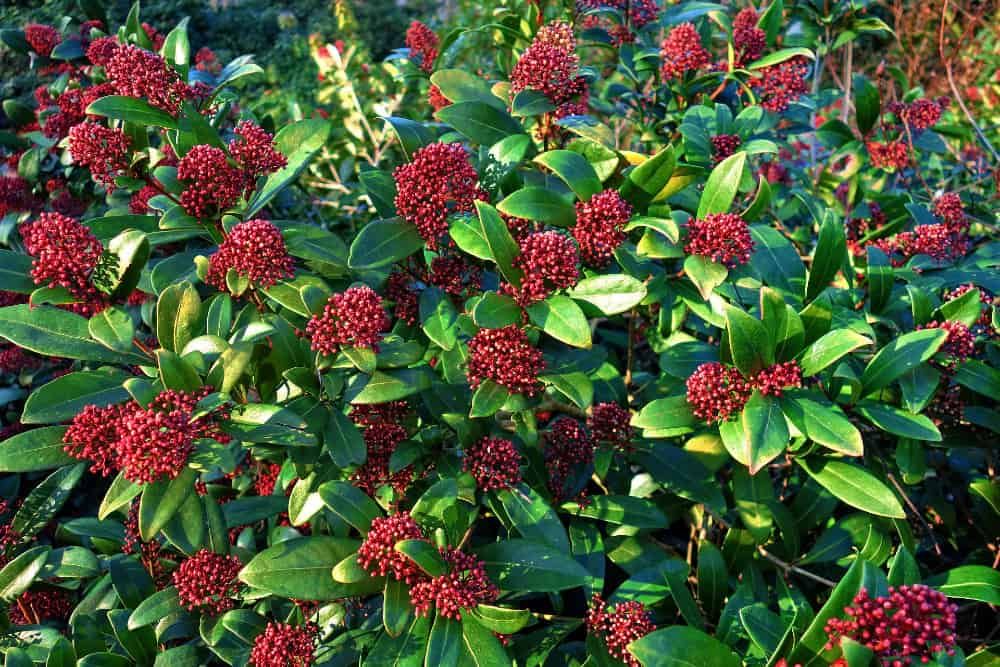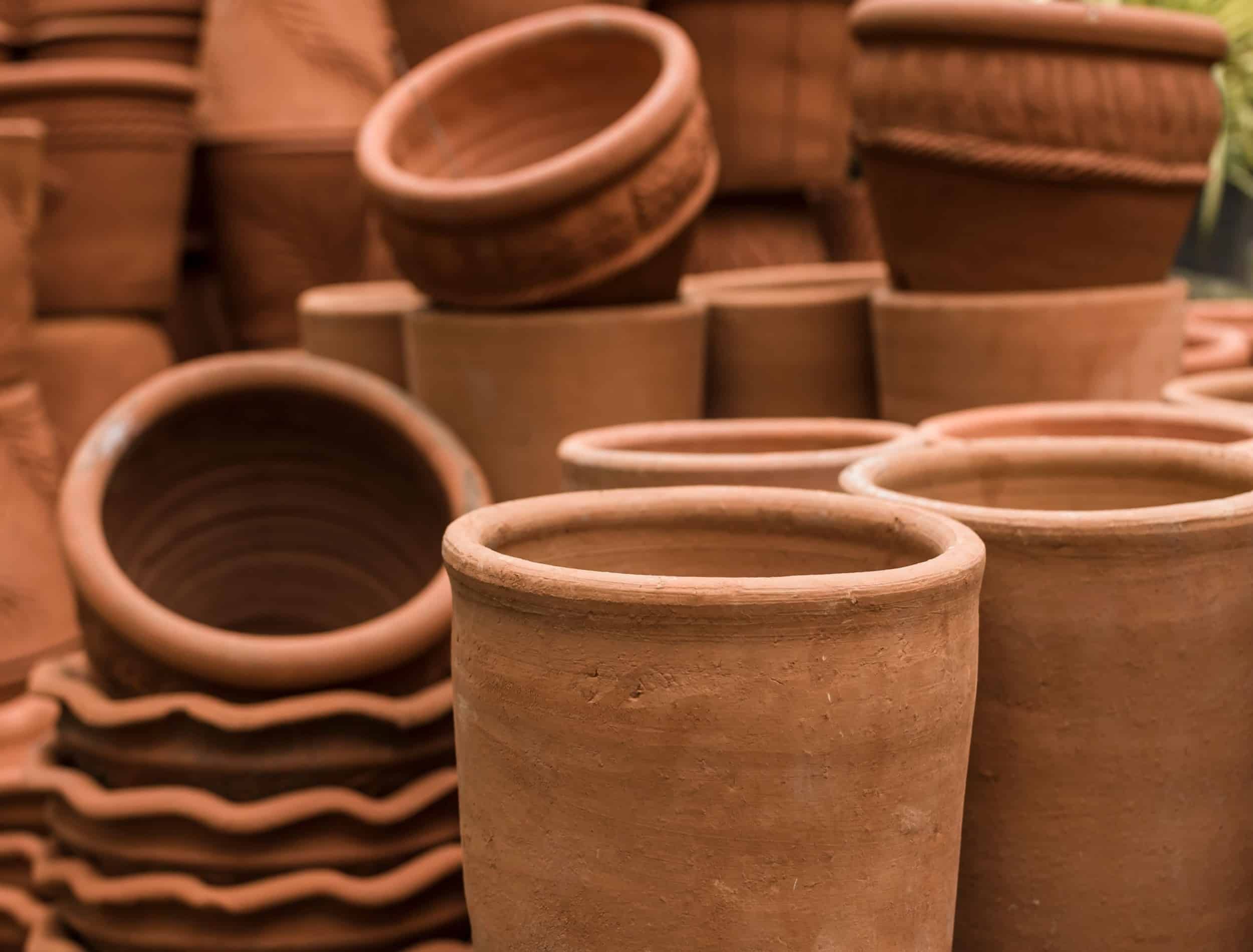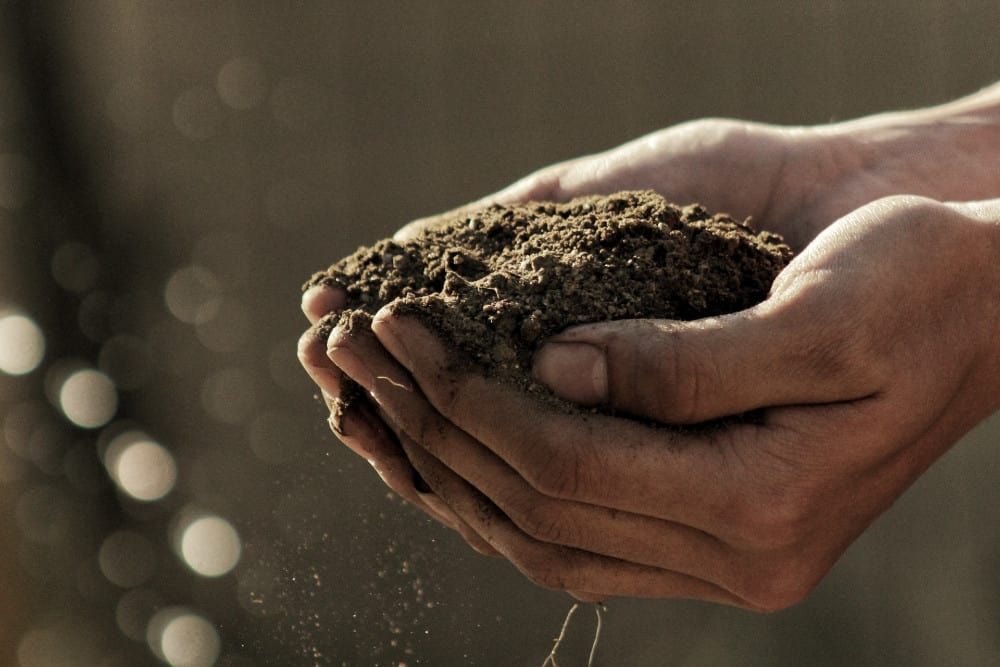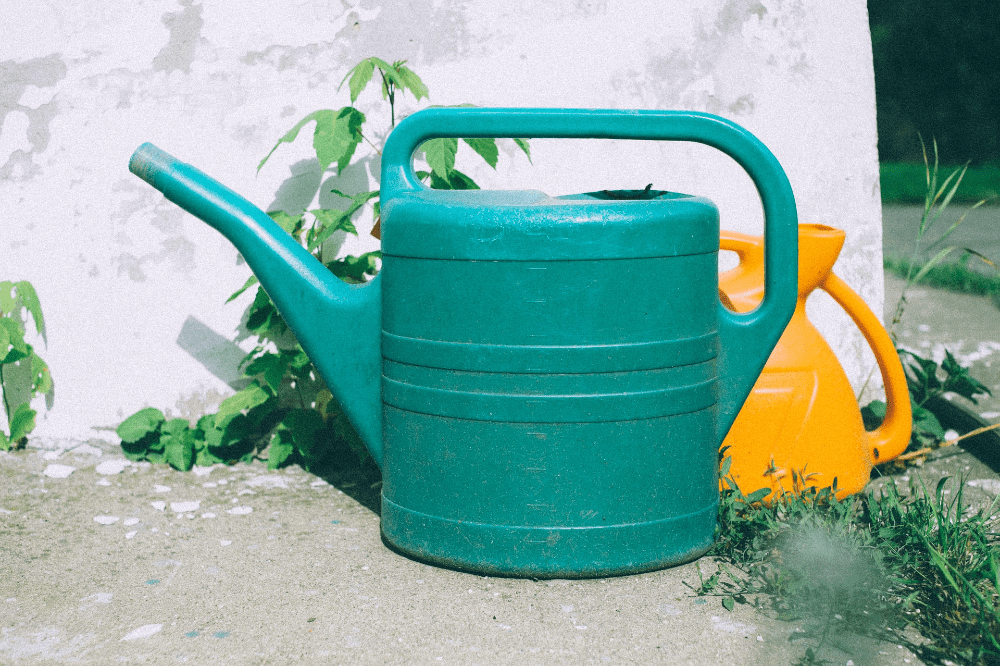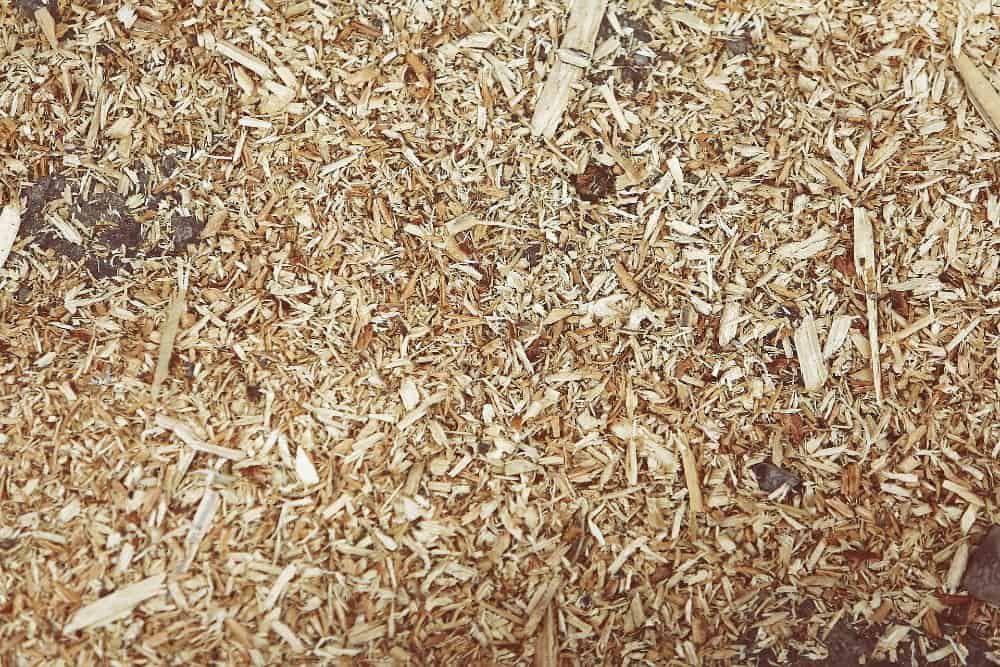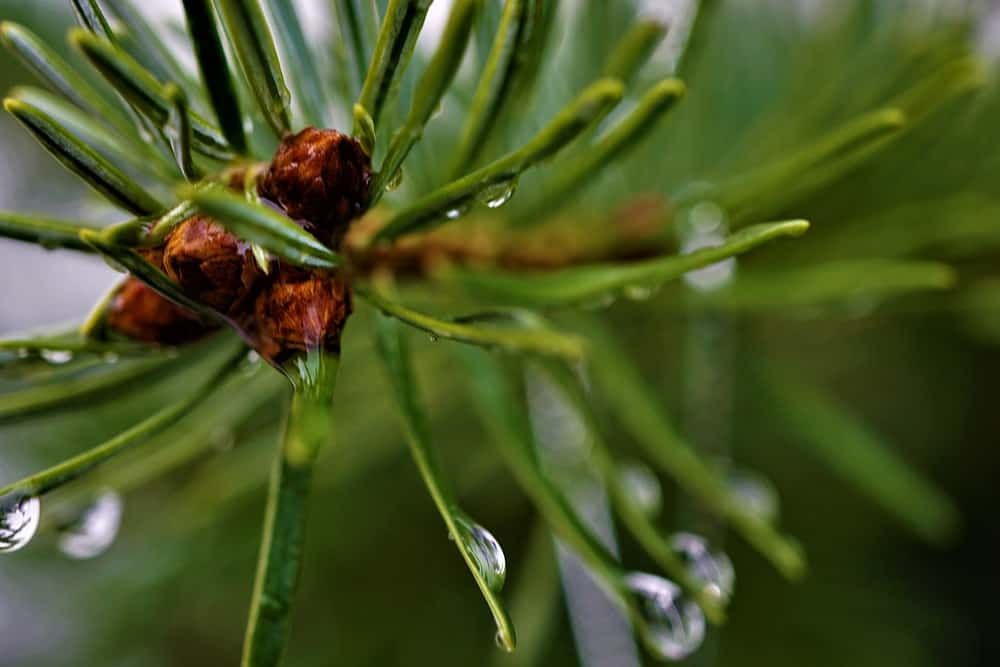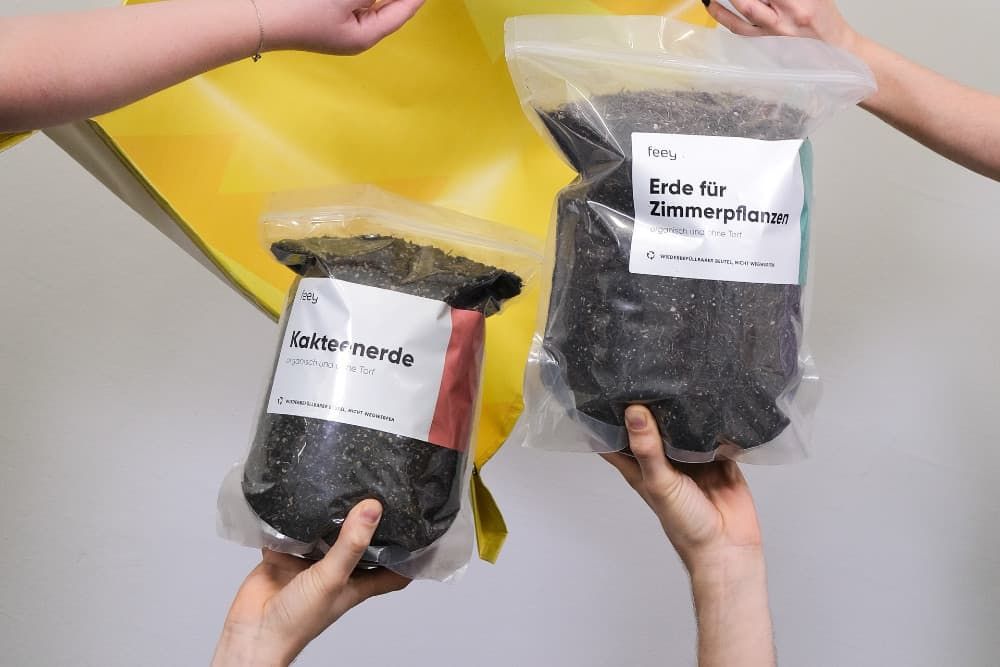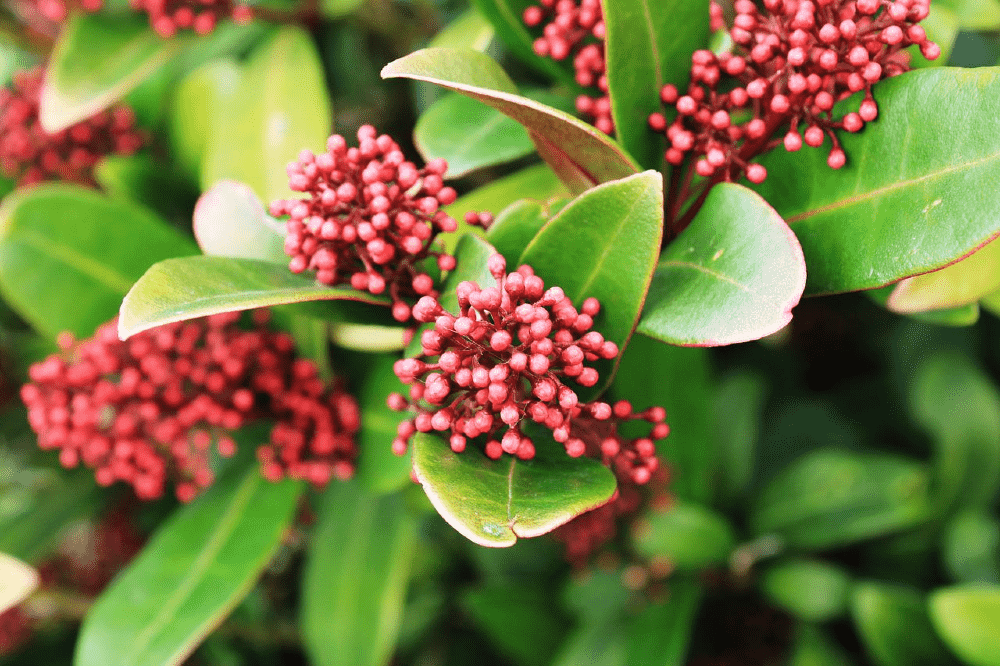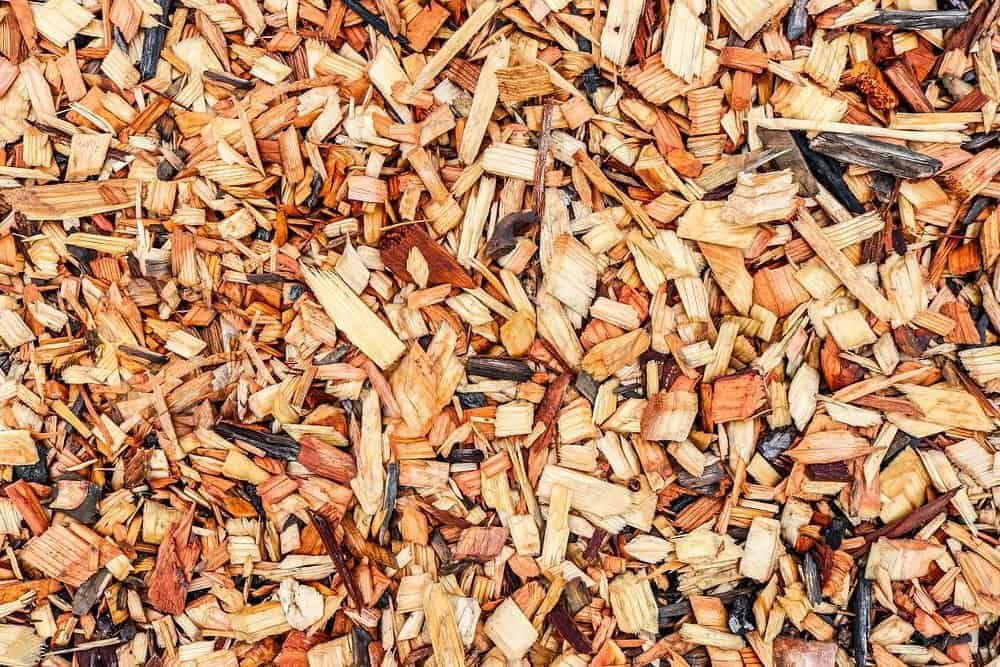While many evergreens are winter hardy and do well planted in your garden, they can also make for great potted plants for both indoor and outdoor locations around the home or office. You do have to choose the right variety, plant them in the appropriate containers, and care for them properly for them to thrive year-round in planters.
Follow the steps below to help ensure healthy, happy evergreens indoors and out.
What You'll Need
Image credit: Bilalstock via Shutterstock
As you prepare to plant your lovely evergreens, these supplies will come in handy:
- Flowerpots, baskets, hanging pots, flower boxes, or other containers
- Evergreen plants
- Rag
- Coarse potting soil
- Perlite, gravel, or vermiculite
- Gardening gloves
- Trowel
- Evergreen fertilizer
Step-By-Step Instructions for Growing Evergreens in Containers
Evergreens can thrive when they’re planted in containers, as long as you follow a few basic rules and care for them properly after they’re planted.
Choose Your Evergreens
Image credits: Mabel Amber via Pixabay
There are several varieties of evergreen plants, shrubs and trees to choose from. Some of the best choices for container planting are:
- Dwarf Blue Spruce
- Dwarf Mugo Pine
- Japanese Skimmia
- 'Hicks' yew
- Juniperus squamata
- 'Nana' Pine
- ‘Schmidtii’ Pine
- Coney Island Pine
- 'Piccolo' Dwarf Abies
- Dwarf Alberta Spruce
- ‘R.H. Montgomery’ Spruce
- ‘Hetz Midget’ Dwarf Thuja
- ‘Teddy’ Miniature Thuja
- Golden Sprite’ Chameacyparis
- Japanese Pieris
- Boxwood
- Rock Cotoneaster
- Arborvitae (Emerald Green variety)
- Juniper
As you contemplate the many varieties of evergreens you could plant, consider the region in which you live, the care level of each evergreen plant, the size the plants grow to, and the amount of light each species requires. Each of these factors will play into how well the evergreens will do in your home environment, either indoors or out.
Purchase and Gather Your Supplies
Image credit: MDV Edwards via Shutterstock
Once you know what evergreens you’ll be planting, you’ll be ready to fine tune your shopping list.
Purchase containers suited to the variety of plant you’re purchasing (Select the plants first and then the planter!). The containers should be two or three times larger around than the root ball of your chosen evergreen.
The planters also need to have drainage holes, as soggy soil isn’t great for most evergreens.
Choose Your Location
Image credits: wbritten via Canva
Whether you’re planning to keep the evergreen on the front porch, indoors, or on the back patio, make sure it’s placed where your evergreen will get the sunlight conditions its variety needs. Some varieties of evergreens do great with direct sun, others prefer shade. Read up on your variety before choosing the planter’s permanent location.
Fill the Planter Partway
Image credits: Gabriel Jiminez via Unsplash
Once you’re ready to start planting, fill the planter about halfway with the potting mix. The mix should be coarse and have plenty of perlite, gravel, or vermiculite to ensure proper drainage.
Place Your Plant and Water
Image credits: Egor Miznik via Unsplash
Next, place the root ball into the potting mix and pack some soil around the root ball, covering it. Tamp down the soil as you work but make sure not to compact the soil.
Thoroughly soak the plant with water and place the container where you’re planning to keep it.
Mulch the Pot
Image credits: LEEROY Agency via Pixabay
Since evergreens in containers don’t have all the same advantages ground-planted shrubs do, adding some mulch to the top can help keep them healthier and happier. Mulch keeps soil moist longer, stopping it from drying out while also deflecting the sun’s heat during hotter months.
Water Regularly
Image credits: Mylene2401 via Pixabay
Evergreens need regular watering, especially during hotter months. A weekly full soaking, about three inches, is usually a good rule of thumb but check on the soil throughout the week to keep it moist and happy.
Don’t let them dry out completely between waterings – keep them moist!
Feed the Evergreens
Image credits: Feey via Unsplash
Evergreens need to be given fertilizer regularly for best growth.
Pick time release fertilizer for easier care and generally apply about one-fourth less of the fertilizer than the packaging says. Too much of a good thing can burn the roots on these plants.
Repot As Needed
Image credits: armennano via Pixabay
Evergreens grow slowly over time, but eventually your shrubs and tress may need to be transplanted into a larger container.
Look for signs of repotting needs:
- Stunted growth
- Reduced flowering
- Gnarled roots
- Excess need of water
When these signs appear, find a pot that’s a few inches wider around than their current one and give that evergreen a new home.
Winterize in Hard Freeze Zones
Image credits: Olya Adamovich via Pixabay
If hard freezes are a thing where you live, add some extra protection for the root ball in colder months. Pile some leaves or mulch around the container or wrap it up with some bubble wrap or plastic. Shelter the planter against a wall or other wind-blocking feature as well, to help keep the cold at bay a little bit more.
Potted Evergreens – A Year-Round Delight
The very name “evergreen” suggest the success of these plants all year-round. The climate in which you live can affect which evergreens do best, of course, and the care they receive will determine how well they do in containers.
Be sure to keep them moist and fertilized, winterize the pots with mulch, leaves or wraps, and watch out for signs of needing a new pot. If you do this, your plants will thrive.
Let us know how your evergreens are doing in the comments below!

